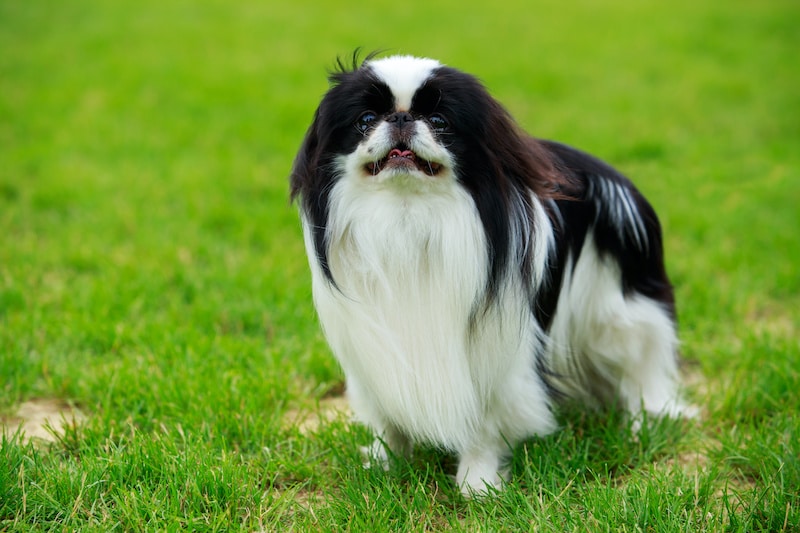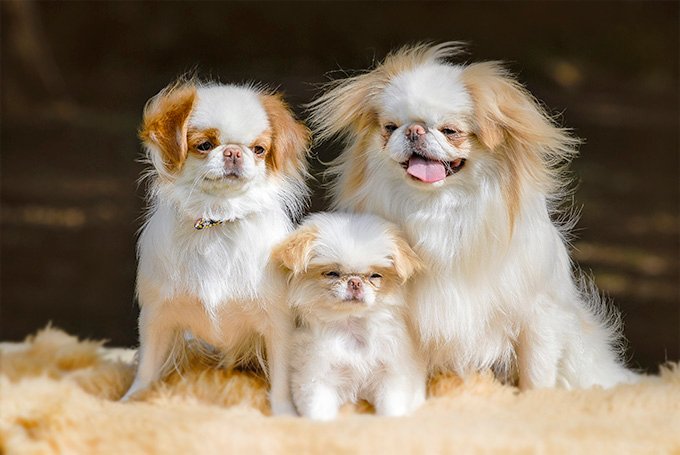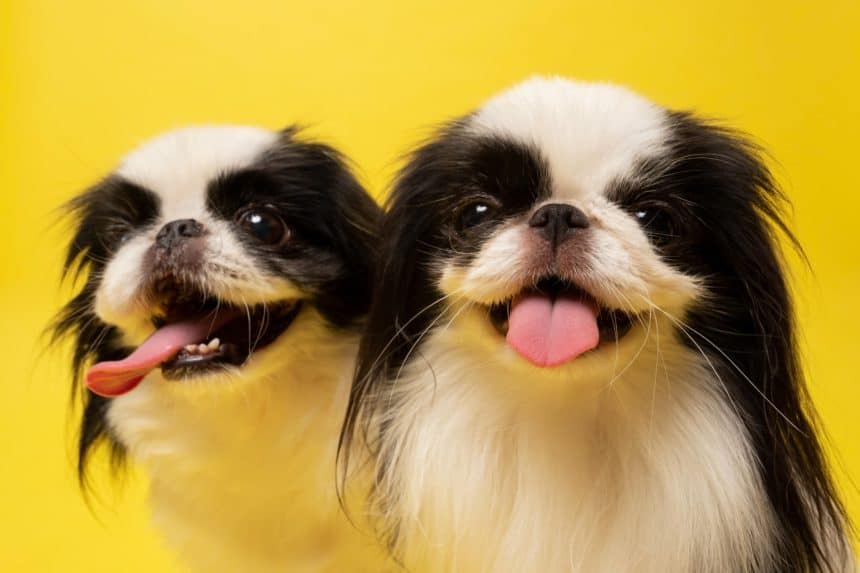The Japanese Chin, or Chin for short, is a sprightly little dog with an air of nobility. He has a curious and bright look, despite his diminutive stature. To know that the Chin is right for you, we will take you through 8 things to understand about this breed.

1. The royal courts of China and Japan are rich with information on the Chin. In the distant past, tiny dogs accompanied merchants along the Silk Road. Some of these canines were adopted by Buddhist monks, who then bred them selectively inside the confines of the monastery to create new breeds. At some point, the monks distributed some of these canine companions to visiting nobles, who then carried them back to their respective Imperial Palaces as pets.
2. The Chin was protected by eunuchs, whose primary duty was to tend to the canines’ every want within the palaces. The dogs were protected as priceless relics, and only the nobility was allowed to acquire one. The Chin still has the regal bearing of his ancestors. They carry themselves with an air of superiority and appear to think that it is still the responsibility of humans to satisfy their every demand.
3. The term “Japanese Chin” is misleading. Contrary to popular belief, this breed’s ancestry does not lie in Japan, but rather in China. The Pekingese, who also hails from China, is said by many to have evolved from a Japanese Chin (among other breeds).
4. Surprisingly, the chic Chin has a lot in common with felines. They can climb almost anything with ease and take pleasure in surveying the landscape from above. Rather of sitting on the seat cushion, you probably rest your chin on the back of your favorite couch or easy chair. Just like domesticated cats, they have a peculiar way of cleaning themselves: by licking and wiping their paws over their cheeks.

5. Chins are also noted for their distinctive snort—or “snizzle,” as Chin enthusiasts call the fine mist of exhaled air that is produced when the dog blows forcefully through his nostrils. This isn’t the result of a cold or the flu, but rather the shape of his face. Not only is reverse sneezing prevalent in the Chin, but it is also typically not a reason for alarm.
6. According to the breed standard, the Chin may have a black and white coat, a red and white coat, or a black and white coat with tan tips, which is also termed a tricolored coat. The rear end is tightly covered with slacks or culottes, and the tail is feathered. The single layer construction and smooth texture of the coat make it resistant to matting. It just has to be brushed once or twice a week, but more often during shedding to help keep the hair under control.
7. The Chin’s mature coat doesn’t appear until the dog is at least a year old. Puppies lose a lot of fur between the ages of 5 and 12 months, making teenage canines seem almost bare until their coats grow back.

8. The Chin is meant to be your constant friend. While they may be reticent to open up to strangers and unfamiliar settings, once they get to know you, they can be quite warm and funny. They’re low maintenance, but don’t think that means they’re giving you free reign to look after them. They will consider the home their territory, and you their obedient servant. But you will enjoy every second of their service since they are so pleasant.